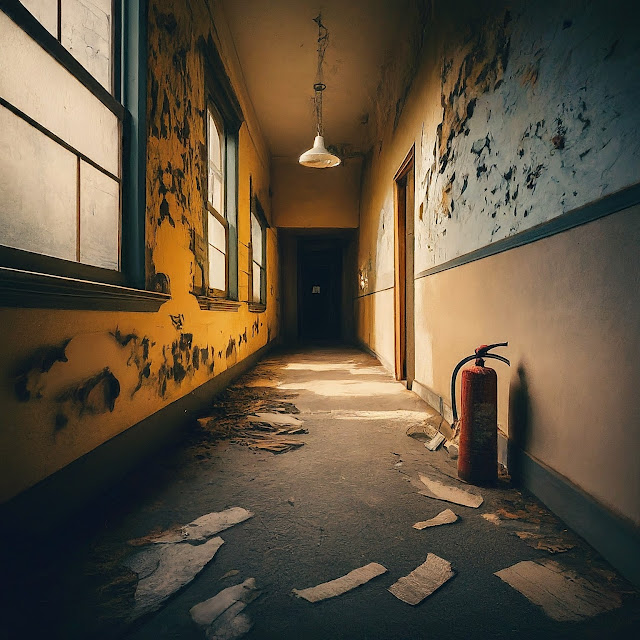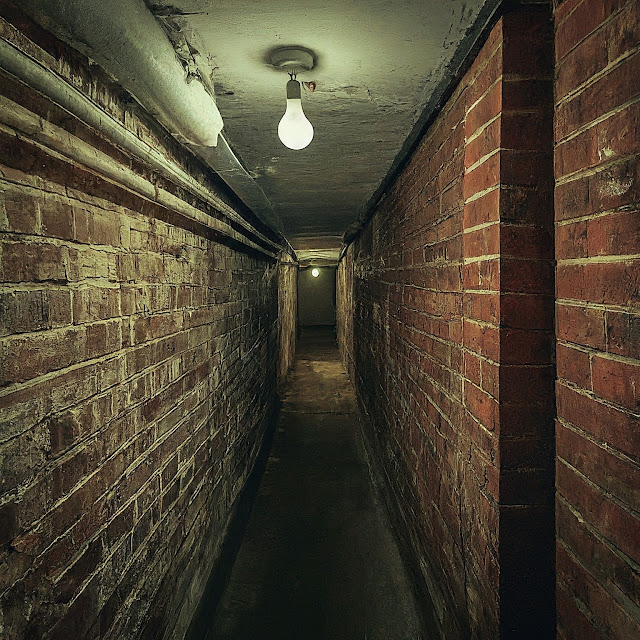Conjuring Nightmares: A Comprehensive Guide to Making a Horror Game
Welcome, aspiring game developers, to the thrilling realm of horror game design! Here, we delve into the shadows, exploring the techniques and considerations that craft truly terrifying experiences. This comprehensive guide equips you with the knowledge and tools to navigate the chilling world of horror game development, from conceptualizing unsettling narratives to implementing mechanics that send shivers down players' spines.
Step 1: Unearthing Your Horror
The first step in crafting a compelling horror game lies in identifying the type of fear you want to evoke. Here are some common subgenres to inspire you:
-
Psychological Horror: Prey on the mind with unsettling narratives, ambiguous threats, and a pervasive sense of paranoia. (Think: Silent Hill, P.T.)
-
Cosmic Horror: Invoke a sense of dread and insignificance by confronting players with entities beyond human comprehension. (Think: Call of Cthulhu, Darkest Dungeon)
-
Survival Horror: Ramp up the tension with resource scarcity, forcing players to make difficult choices in a desperate struggle for survival. (Think: Resident Evil, Dead Space)
-
Slasher Horror: Deliver jump scares and visceral scares as players face relentless pursuers. (Think: Friday the 13th: The Game, Until Dawn)
Interactive Activity: Fear Factor
- Reflect on your own gaming experiences. What types of horror resonate most with you?
- Consider movies, books, or even real-life experiences that have instilled fear in you.
- Jot down these ideas and explore how they can be translated into a game concept.
Step 2: Building the Atmosphere of Dread
Visuals:
-
Lighting is Key: Darkness is your friend. Utilize a strategic interplay of light and shadow to conceal lurking threats and amplify suspense.
-
Color Palette: Opt for a desaturated color scheme with splashes of unsettling hues (e.g., deep reds, sickly greens) to evoke unease.
-
Environmental Storytelling: Let the environment tell a story. Scatter unsettling details – abandoned toys, cryptic symbols, or decaying corpses – to hint at a disturbing past.
Sound Design:
- Silence Can Be Deafening: Utilize moments of complete silence to heighten anticipation before unleashing terrifying sound effects.
- Disturbing Soundscapes: Employ unsettling ambient sounds – dripping water, creaking floorboards, distant whispers – to create a constant sense of unease.
- Effective Music: Craft a haunting soundtrack that builds tension and punctuates jump scares with impactful sound cues.
Step 3: Crafting Gameplay Mechanics that Haunt
- Limited Resources: Scarcity breeds fear. Restrict ammunition, health items, or safe havens to force players into difficult choices and heighten the sense of vulnerability.
- Vulnerable Characters: Empowerment through overwhelming strength often undermines horror. Consider limitations on player abilities to emphasize the threat.
- Environmental Puzzles: Incorporate puzzles that tie into the narrative and setting, adding another layer of challenge and reinforcing the atmosphere.
- The Power of the Unknown: Keep players guessing! Don't reveal all the threats or lore upfront. Let them piece together the horrifying truth gradually.
Interactive Activity: Mechanics of Menace
- Think about the type of horror you're creating (from Step 1).
- Brainstorm 3 gameplay mechanics that effectively build dread or evoke fear within that subgenre.
- How can these mechanics be translated into your game concept?
Step 4: Mastering the Art of the Jump Scare
The jump scare, a horror staple, can be a powerful tool when used judiciously. Here's how to make them effective:
- Earned, Not Random: Don't overuse jump scares! Telegraphed scares build anticipation, while random occurrences feel cheap. Use environmental cues or subtle audio hints to foreshadow the scare.
- Visual and Auditory Cues: Combine sudden visual elements with startling sound effects to maximize impact. A monstrous apparition appearing on screen accompanied by a loud scream is sure to make players jump.
- Vary Your Tactics: Don't rely solely on jump scares. A combination of suspense, atmosphere, and unsettling encounters creates a more well-rounded horror experience. Build tension gradually throughout the game, and intersperse jump scares to punctuate the growing unease.
Step 5: Embrace Iteration and Player Feedback
Horror is subjective. What scares one player might leave another unfazed. Here's how to refine your game:
- Playtesting is Key: Gather a diverse group of playtesters and observe their reactions. Look for signs of fear, tension, and engagement.
- Iterate Based on Feedback: Don't be afraid to adjust mechanics, visuals, or sound design to enhance the overall scare factor. Pay close attention to feedback about jump scares – were they effective? Too frequent?
- Let the Atmosphere Breathe: Sometimes, less is more. Trust the atmosphere you've created to build dread without relying solely on jump scares. Allow players to explore the unsettling environment and piece together the narrative, fostering a sense of unease that lingers long after the jump scare subsides.
Beyond the Basics: Tools and Resources for Horror Game Development
The world of game development offers a wealth of tools and resources to bring your chilling vision to life:
- Game Engines: Consider popular engines like Unity or Unreal Engine, which offer powerful tools for creating 3D environments, lighting effects, and character animation.
- Audio Design Tools: Invest in software like Wwise or FMOD Studio to craft haunting sound effects and atmospheric soundscapes.
- Asset Libraries: Numerous online asset libraries provide pre-made 3D models, textures, and sound effects specifically designed for horror games. Utilize these resources to streamline development while maintaining a high-quality aesthetic.
- Horror Game Communities: Immerse yourself in online communities dedicated to horror game development. Connect with other developers, share ideas, and gain valuable feedback on your project.
Remember, creating a truly terrifying horror game is an ongoing process. Refine your concept, embrace experimentation, and most importantly, have fun unleashing your inner horror maestro! With dedication and the knowledge gleaned from this guide, you'll be well on your way to crafting a game that sends shivers down spines and leaves players sleeping with the lights on.







